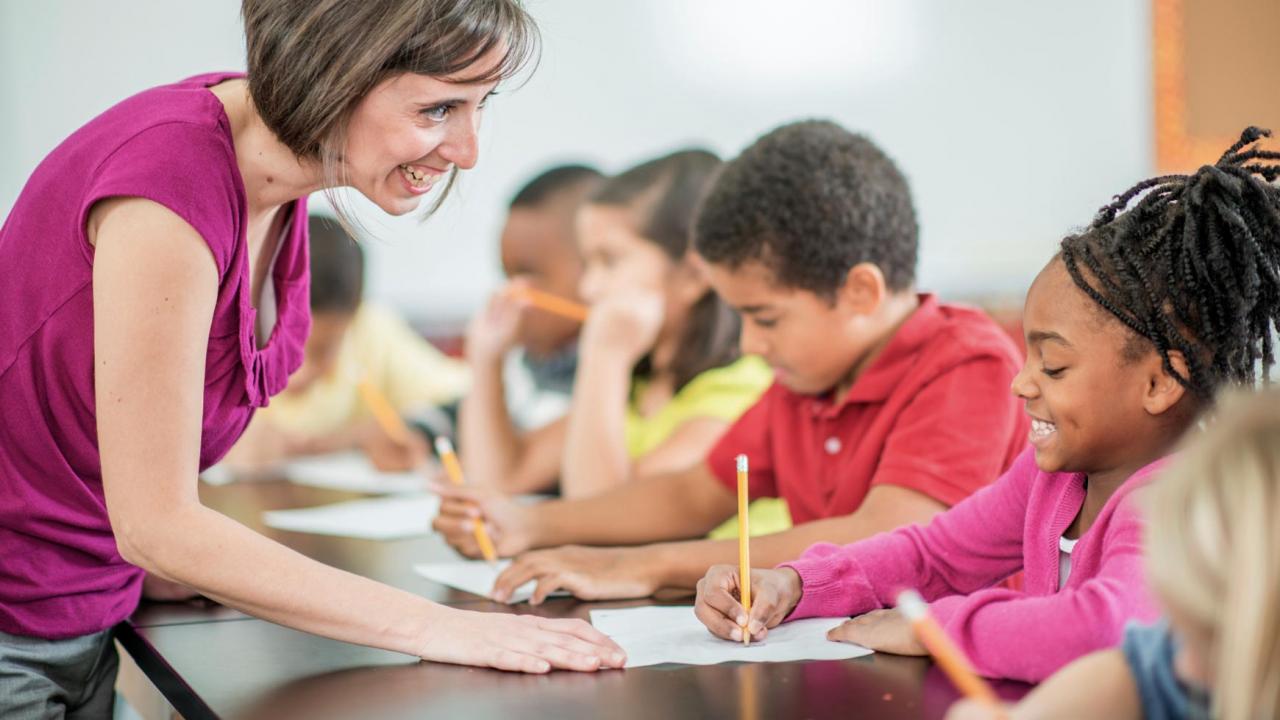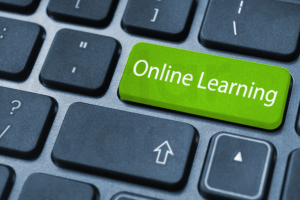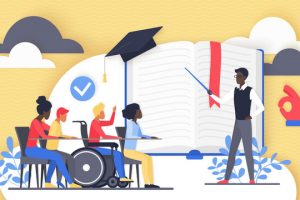Introduction
In the rapidly evolving landscape of education, one approach is gaining significant traction and transforming traditional classrooms: personalized learning. This innovative pedagogical approach tailors education to individual students’ needs, preferences, and pace of learning. In this article, we will delve into the concept of personalized learning, exploring how it is revolutionizing classrooms and benefiting students across the globe. We will examine the principles, methodologies, and technologies driving this educational revolution, and the potential it holds for the future of learning.
The Traditional Education Conundrum
Traditional education has long adhered to a one-size-fits-all model. In conventional classrooms, students of diverse backgrounds, abilities, and interests are taught the same curriculum at the same pace, often leaving some students disengaged, frustrated, or unable to reach their full potential. This approach has been a source of concern among educators, parents, and policymakers, as it often fails to address the unique learning needs of each student.
Personalized Learning Defined
Personalized learning is a pedagogical philosophy that aims to address these concerns by tailoring education to individual students. At its core, it recognizes that students have distinct strengths, weaknesses, interests, and learning styles, and it seeks to create a more adaptive and responsive learning environment. Personalized learning focuses on fostering deeper understanding, critical thinking, and self-directed learning.

Key Principles of Personalized Learning
-
Individualized Pace: In personalized learning environments, students are allowed to progress at their own pace. This means that advanced students can move ahead quickly, while those who need more time to grasp a concept can take the necessary time without feeling rushed.
-
Student-Centered: The student is placed at the center of the learning process. Their interests, abilities, and goals guide the curriculum and instructional strategies. Teachers act as facilitators and mentors, providing guidance and support as students take ownership of their learning.
-
Adaptive Content: Technology plays a significant role in personalized learning. Adaptive learning platforms use data analytics and artificial intelligence to customize content and activities based on individual student performance. This ensures that students are continuously challenged at an appropriate level.
-
Formative Assessment: Frequent and ongoing assessment helps educators understand each student’s progress and needs. This data informs instruction and allows for timely interventions when students struggle.
-
Choice and Flexibility: Students are given choices in how they approach and demonstrate their learning. This could include selecting from a variety of assignments, projects, or resources that align with their interests and learning styles.
Benefits of Personalized Learning
The adoption of personalized learning has yielded numerous benefits for students, educators, and the educational system as a whole:
-
Improved Engagement: When students have a say in what and how they learn, they tend to be more engaged and motivated, resulting in increased retention and enthusiasm for learning.
-
Enhanced Mastery: Students can delve deeper into topics of interest and spend more time on areas where they struggle, leading to a more comprehensive understanding of the material.
-
Customized Support: Students receive individualized support, allowing them to overcome challenges and build on their strengths, which can lead to increased confidence and self-efficacy.
-
Higher Achievement: Research suggests that personalized learning can lead to improved academic outcomes, including higher test scores and graduation rates.
-
Preparation for the Future: Personalized learning nurtures essential skills such as critical thinking, problem-solving, and self-directed learning, which are highly valued in the modern workforce.
Implementing Personalized Learning
The implementation of personalized learning involves a combination of pedagogical shifts and technological integration. Here are some key elements to consider:
-
Professional Development: Educators need training and support to transition from traditional teaching methods to personalized learning. This includes understanding the principles of personalized learning, mastering the use of technology, and developing strategies for differentiated instruction.
-
Data and Analytics: Schools must invest in data collection and analysis tools to track student progress and identify areas where intervention is needed. This data-driven approach is essential for adapting instruction to individual needs.
-
Access to Technology: Personalized learning often relies on digital tools and resources. Ensuring that all students have access to these technologies is crucial for equity.
-
Curriculum Development: Curriculum must be flexible and adaptable, allowing students to explore their interests while meeting essential learning objectives.
-
Parent and Community Involvement: Parents and communities should be informed and engaged in the personalized learning process. This helps create a supportive environment that reinforces learning beyond the classroom.
Challenges and Criticisms
While personalized learning offers promising benefits, it is not without challenges and criticisms. Some concerns include:
-
Equity: Ensuring that all students have equal access to technology and support can be a significant challenge, potentially exacerbating existing educational inequities.
-
Teacher Preparedness: Teachers may require extensive training and ongoing support to effectively implement personalized learning, which can strain already limited resources.
-
Privacy and Data Security: The collection and use of student data raise concerns about privacy and data security. Schools must establish robust safeguards to protect students’ information.
-
Standardization vs. Individualization: Striking the right balance between standardized learning objectives and individualized instruction can be a complex task, as education systems must still meet certain standards and assessments.
Conclusion
Personalized learning represents a paradigm shift in education, putting students at the center of their own learning journeys. It holds the promise of improving engagement, achievement, and the development of critical skills for the 21st century. However, its successful implementation requires a combination of pedagogical innovation, technological integration, and a commitment to addressing the challenges it presents. As personalized learning continues to gain momentum, it will be exciting to see how it shapes the future of education and prepares students for a world where adaptability and lifelong learning are essential.









![Advantages and Disadvantages of Artificial Intelligence [AI]](https://www.newlookeducation.com/wp-content/uploads/2023/09/Advantages_and_Disadvantages_of_artificial_intelligence-300x200.jpg)



![Advantages and Disadvantages of Artificial Intelligence [AI]](https://www.newlookeducation.com/wp-content/uploads/2023/09/Advantages_and_Disadvantages_of_artificial_intelligence-74x55.jpg)

Add Comment